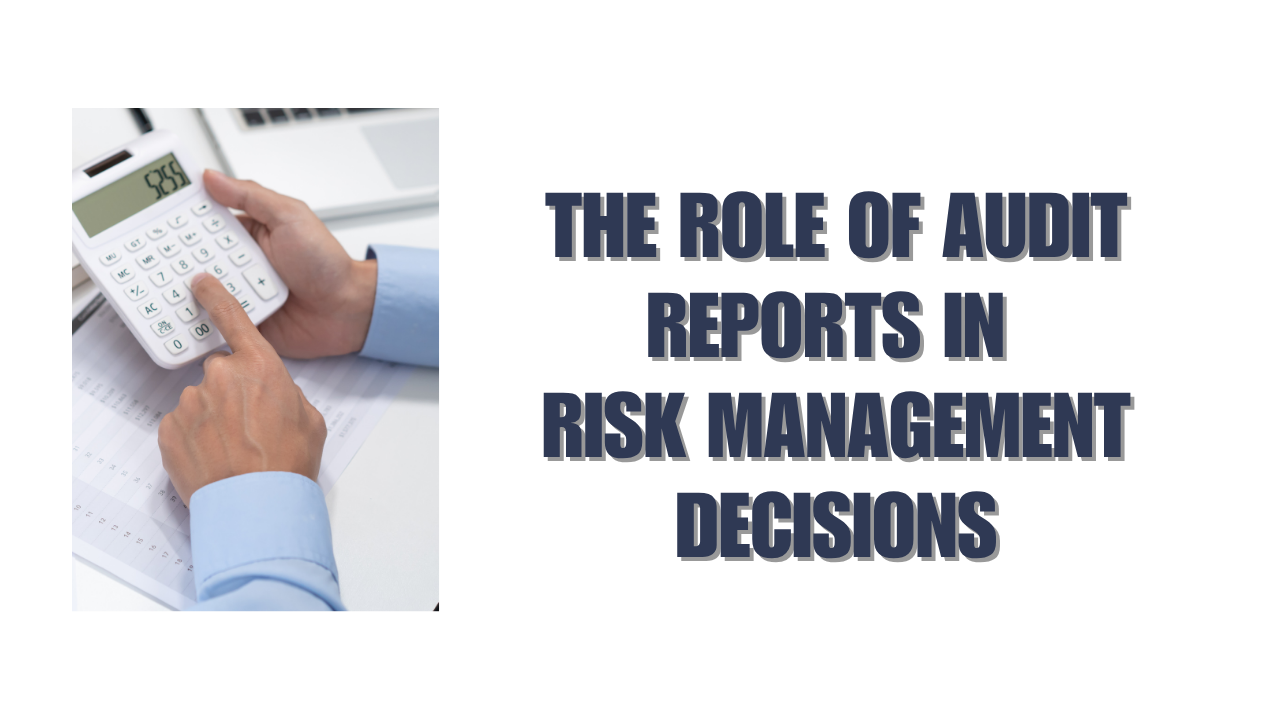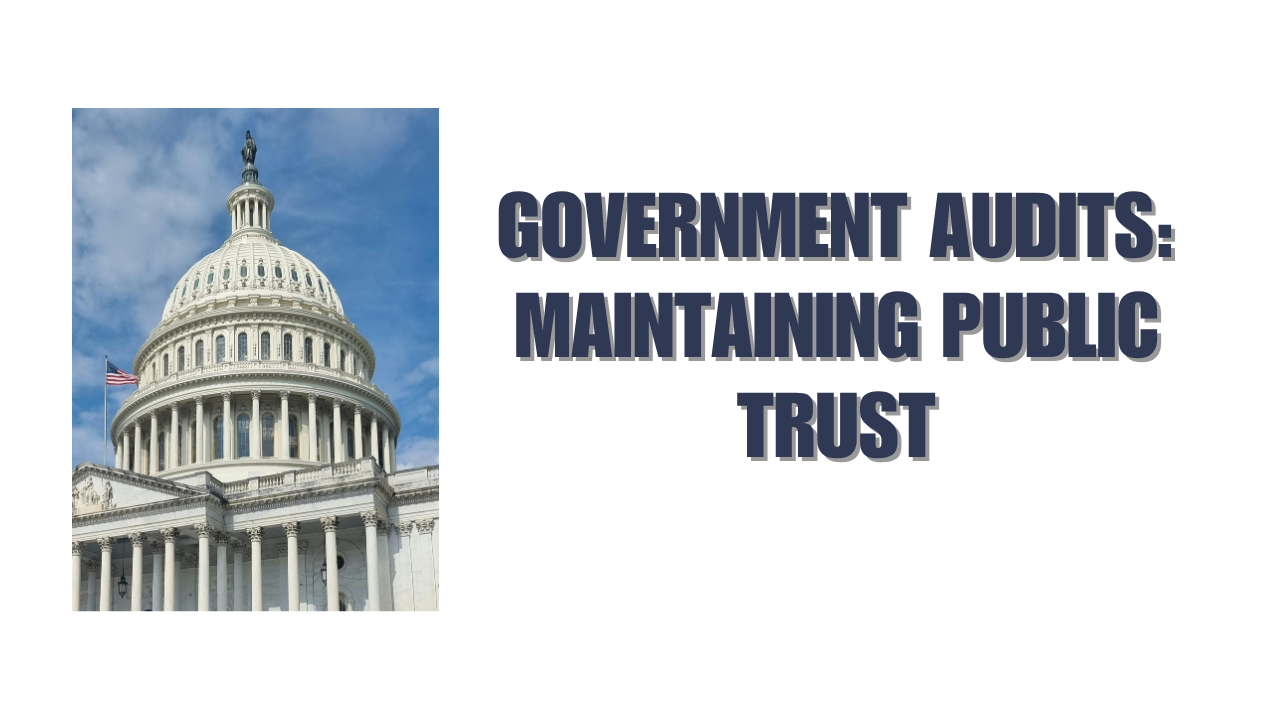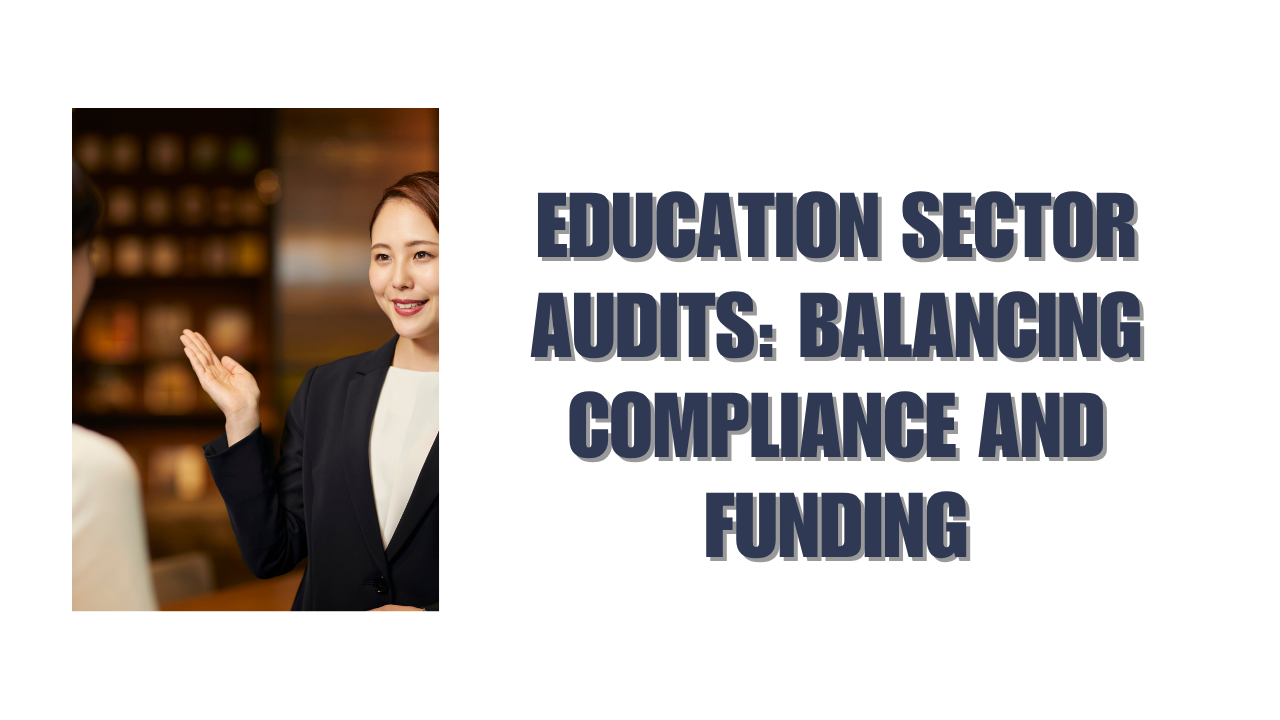Organizations face constant exposure to financial, operational, regulatory, and reputational risks. Identifying, assessing, and mitigating these risks is critical for sustainable growth. One of the most valuable tools in this process is the audit report, which provides an independent evaluation of internal controls, financial accuracy, and operational processes.
At Aurora Financials, we emphasize how audit reports can guide management in making informed risk management decisions. When effectively utilized, audit reports not only highlight weaknesses but also provide actionable insights that strengthen organizational resilience.
Why Audit Reports Are Critical for Risk Management
Audit reports serve as a structured assessment of an organization’s operations, controls, and compliance. They provide management and boards with an objective perspective, identifying areas of vulnerability before they escalate into costly issues.
The key benefits of using audit reports in risk management include:
- Early Detection of Risks: Identifying potential problems before they affect operations.
- Informed Decision-Making: Providing data-driven insights to guide mitigation strategies.
- Regulatory Compliance: Ensuring adherence to legal, financial, and industry standards.
- Resource Optimization: Directing attention and investment to areas with the highest risk exposure.
By linking audit findings to risk management strategies, organizations can reduce the likelihood of financial loss, operational disruption, or reputational damage.
Key Components of Audit Reports for Risk Management
Audit reports contain critical information that informs risk management decisions. Key components include:
1. Executive Summary
The executive summary distills the most important findings, including high-risk areas, compliance gaps, and significant operational concerns. Decision-makers often rely on this section to quickly understand the organization’s risk landscape.
2. Detailed Findings
This section highlights specific issues discovered during the audit. For risk management, findings related to internal control weaknesses, financial discrepancies, and process inefficiencies are especially relevant.
3. Risk Assessment
Many audit reports categorize findings by risk level—high, medium, or low. This helps management prioritize mitigation strategies and allocate resources effectively.
4. Recommendations
Audit recommendations provide actionable steps to address identified risks. They often include process improvements, control enhancements, or compliance measures that reduce vulnerability.
5. Follow-Up and Implementation Tracking
Some audit reports include follow-up actions or tracking metrics to ensure recommendations are implemented. This ensures that risk mitigation measures are not only proposed but actively executed.
How Audit Reports Influence Risk Management Decisions
Audit reports provide a structured, evidence-based foundation for risk management decisions. Here’s how they influence organizational strategy:
Prioritizing Risks
Not all risks carry the same impact. Audit reports highlight which risks are most critical, enabling management to focus on areas that could have significant financial or operational consequences.
Improving Internal Controls
Weaknesses identified in internal controls allow organizations to strengthen processes and prevent recurring issues. Stronger controls reduce the probability of errors, fraud, and compliance breaches.
Enhancing Compliance
Audit findings related to regulatory requirements help organizations take corrective actions, ensuring adherence to laws and industry standards. Compliance reduces the risk of fines, sanctions, or reputational harm.
Supporting Strategic Planning
Audit reports provide insights that inform strategic initiatives. Understanding operational risks and inefficiencies helps leadership make informed decisions on investments, expansions, or operational adjustments.
Enabling Data-Driven Decisions
Audit reports translate complex operational and financial data into actionable insights. By quantifying risk exposure and potential impact, organizations can make decisions grounded in evidence rather than assumptions.
Common Risks Highlighted in Audit Reports
Audit reports often uncover a range of risk types that can affect organizations:
- Financial Risks: Misstatements, fraud, revenue leakage, or ineffective budgeting.
- Operational Risks: Inefficient processes, technology failures, or supply chain disruptions.
- Compliance Risks: Regulatory breaches, licensing issues, or reporting failures.
- Cybersecurity Risks: Data breaches, inadequate access controls, or outdated IT systems.
- Reputational Risks: Poor governance, audit findings not addressed, or stakeholder dissatisfaction.
Identifying these risks allows management to implement mitigation strategies proactively rather than reacting to crises.
Leveraging Audit Reports for Proactive Risk Management
To maximize the value of audit reports, organizations should integrate them into risk management frameworks:
- Regular Review Cycles: Incorporate audit findings into monthly or quarterly risk assessments.
- Action Plans: Translate recommendations into specific tasks with responsible owners, timelines, and measurable outcomes.
- Monitoring and Reporting: Use dashboards or project management tools to track the implementation of mitigation strategies.
- Continuous Improvement: Update processes and controls based on audit insights to prevent future risks.
By embedding audit reports into decision-making processes, organizations can turn audits into proactive tools for risk reduction and operational improvement.
Partnering with Audit Experts
Understanding and acting on audit findings requires expertise in finance, operations, and regulatory compliance. Professional auditors bring objectivity and specialized knowledge that enhance the effectiveness of risk management decisions.
Aurora Financials works with organizations to not only conduct thorough audits but also ensure that findings translate into actionable insights. Our team helps prioritize risks, implement recommendations, and track progress to strengthen overall risk management strategies.
Conclusion
Audit reports are more than compliance documents—they are strategic tools that guide risk management decisions. By highlighting vulnerabilities, assessing risk levels, and recommending corrective actions, audit reports enable organizations to act proactively, reduce exposure, and optimize operations.
Integrating audit insights into risk management frameworks ensures stronger internal controls, regulatory compliance, and operational resilience. Organizations that leverage audit reports effectively can achieve measurable audit cost savings, mitigate potential losses, and enhance stakeholder confidence.
If your organization wants to strengthen risk management and ensure audit findings translate into actionable decisions, Aurora Financials provides expert auditing services designed to deliver clarity, insight, and strategic value.
Contact Aurora Financials today to learn how our audit reports can support informed risk management decisions and drive operational and financial resilience.






